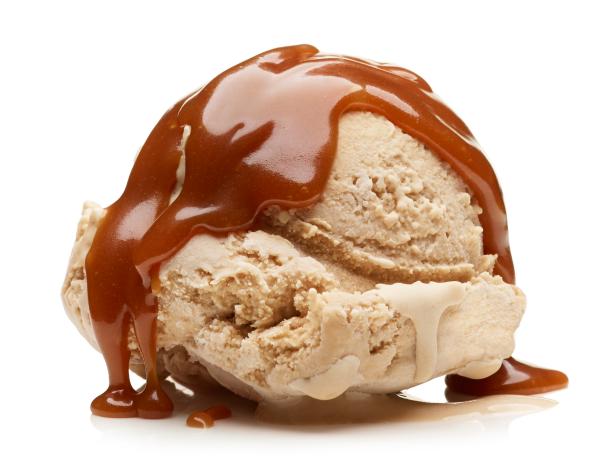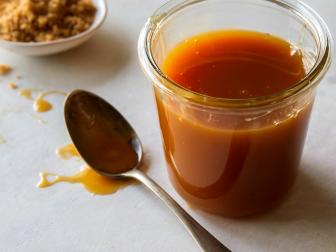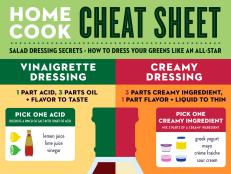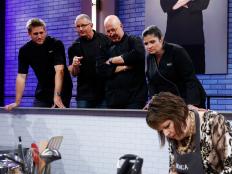5 Secrets to Perfect Caramel

Levi Brown
Things got off to a sticky start in Episode 3 of All-Star Academy when Mimi attempted her first caramel sauce and Chef Curtis nearly lost his cool. "Pull it off the heat right now! Now!" he bellowed to the home cook from the sidelines. But it was too late. "It's burnt," he declared. "Take that caramel sauce [away]. I don't want to see it." Fortunately, Mimi was able to shift gears and come up with a whipped cream for her apple crumble that judge Elizabeth Falkner later deemed "awesome." You might not be so lucky — or have the ingredients for a different topping on hand. To create smooth, buttery caramel the first time around, try the following tips.
1. Gather your ingredients before you start cooking: Caramel can go from silky and sweet to burnt and acrid in less than a minute. With your mix-in ingredients (cream, butter or water) prepped and measured, you can add them at just the right moment to stop the cooking.
2. Never walk away from the stove: Sugar can heat unevenly; keep your eye on the pan at all times so you can adjust the heat if necessary. Mimi's downfall came when she turned her back and her caramel went too far.
3. Make sure the sugar is dissolved in the water before it begins to boil. If you still see granules at the bottom of the pan, lower the heat and cook until they're gone.
4. Swirl, don't stir: When the sugar mixture starts to appear dark on the edges of the pan, swirl it around, holding the pan handle, to disperse the hot spots. If you use a spoon, the sugar might crystallize.
5. Use a candy thermometer: Pastry chefs may be able to eyeball it. For the rest of us, knowing the temperature tells us when we're getting close to done. (The mixture should be a deep amber.) Most caramel is ready somewhere between 320 and 350 degrees F, depending on the recipe and the style of sauce.




































